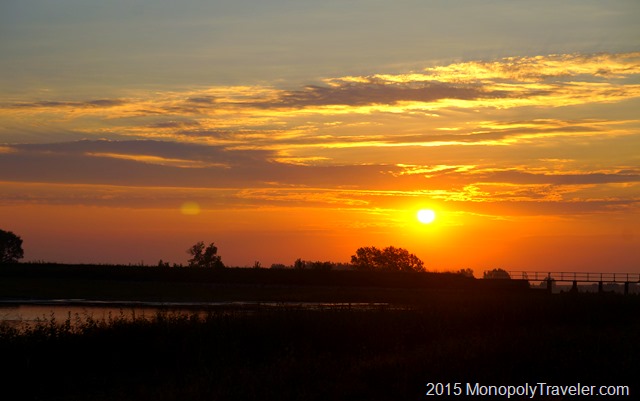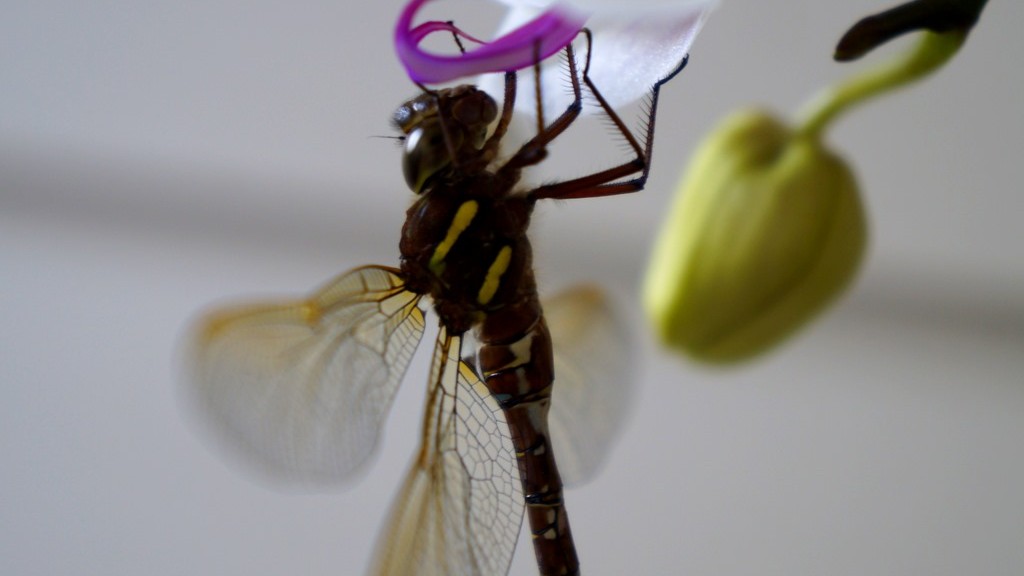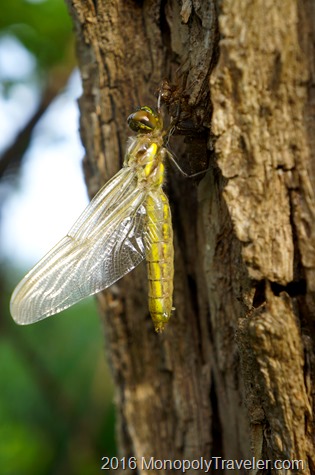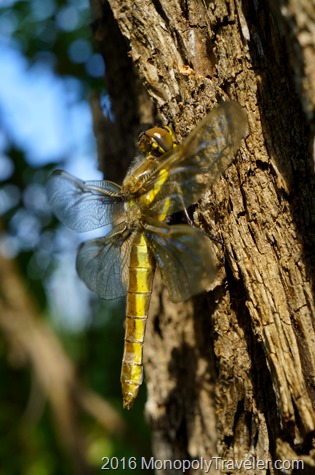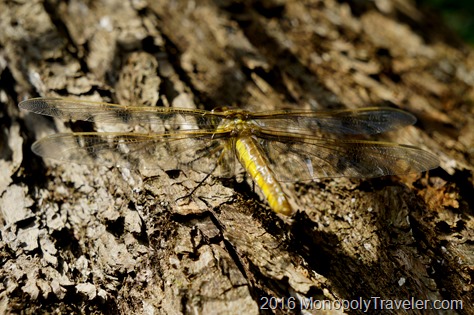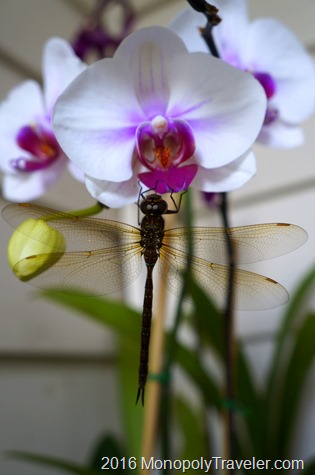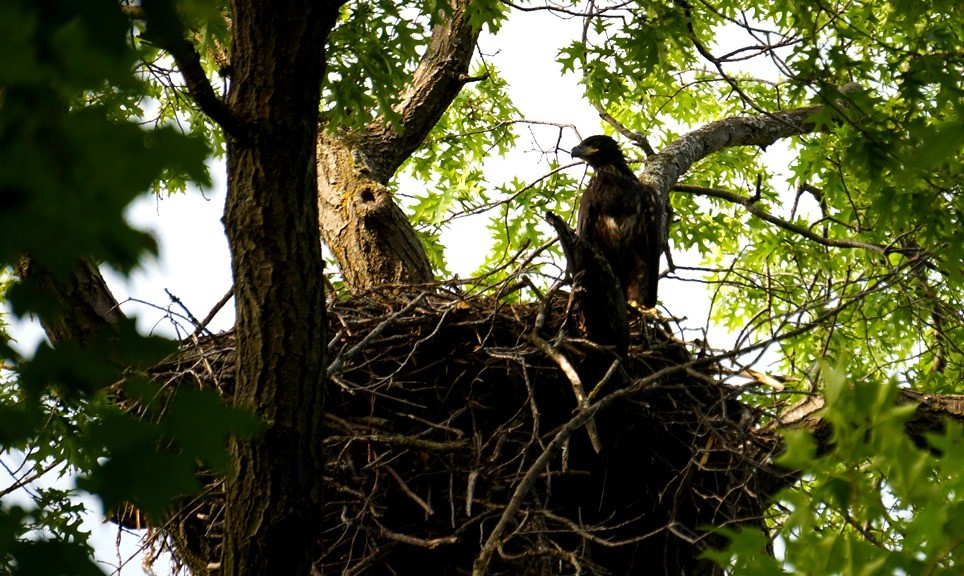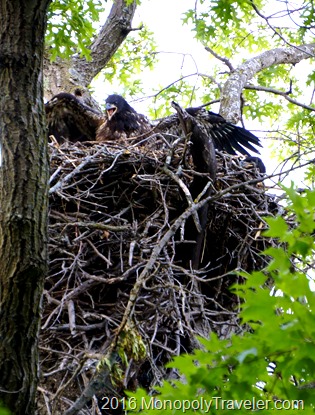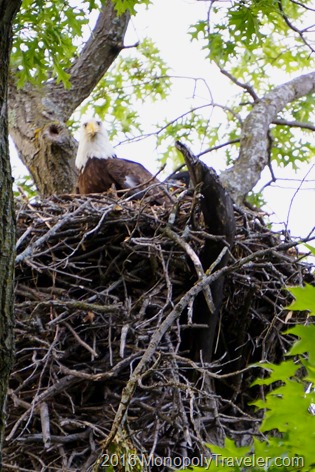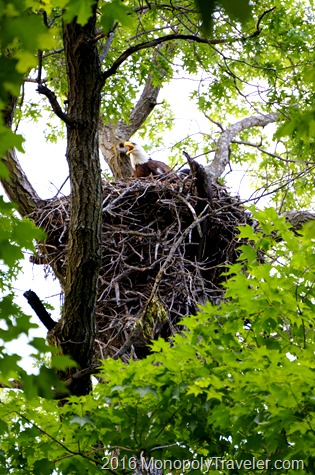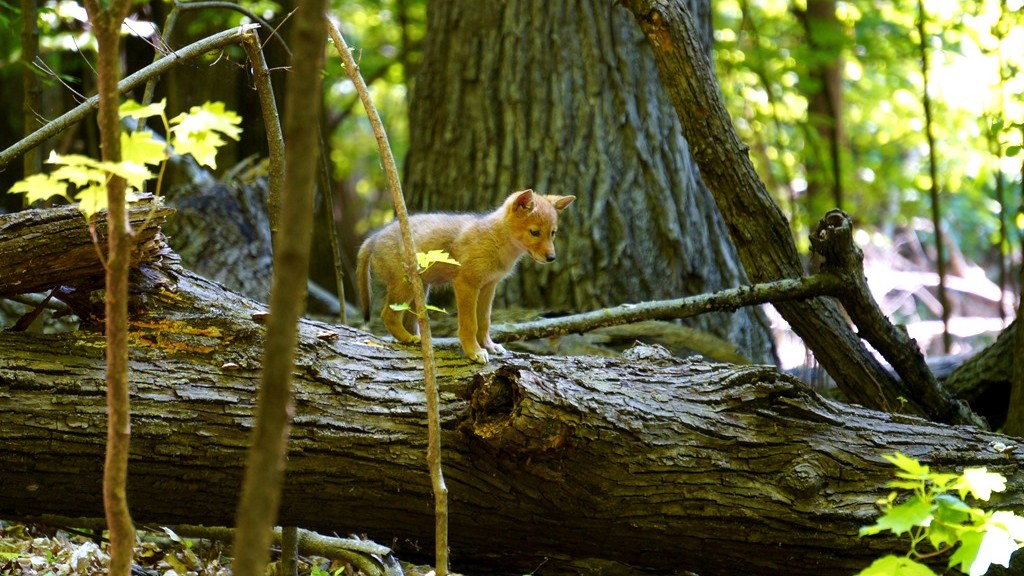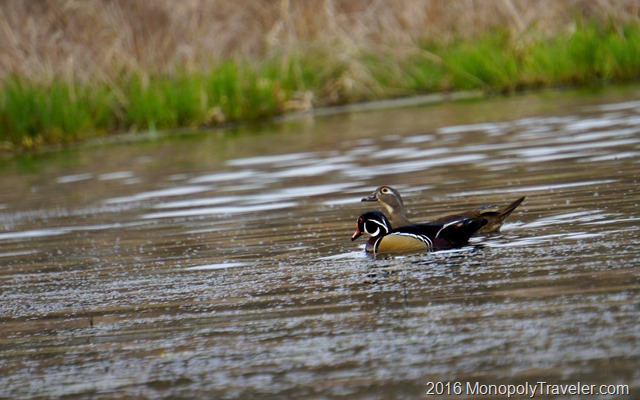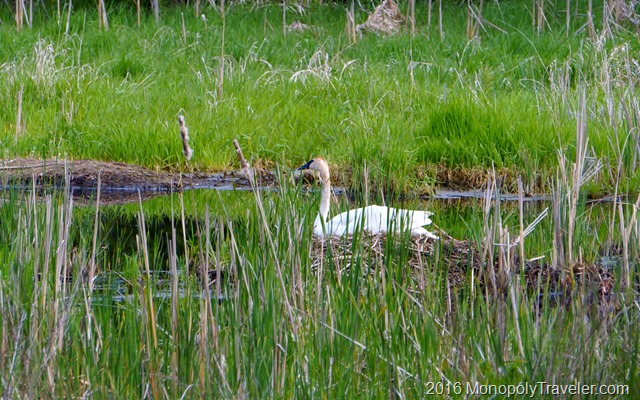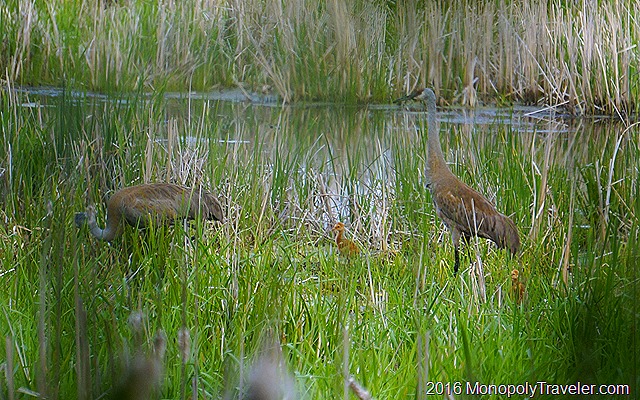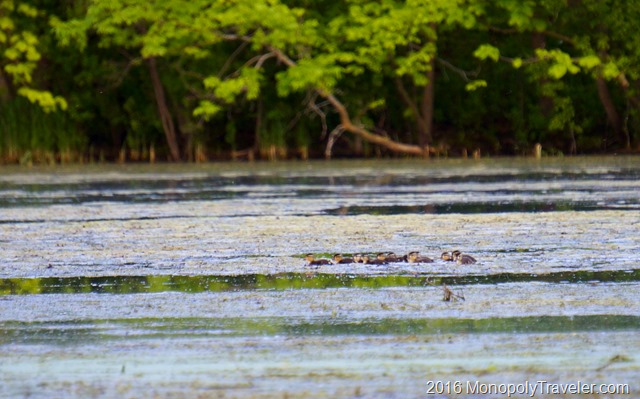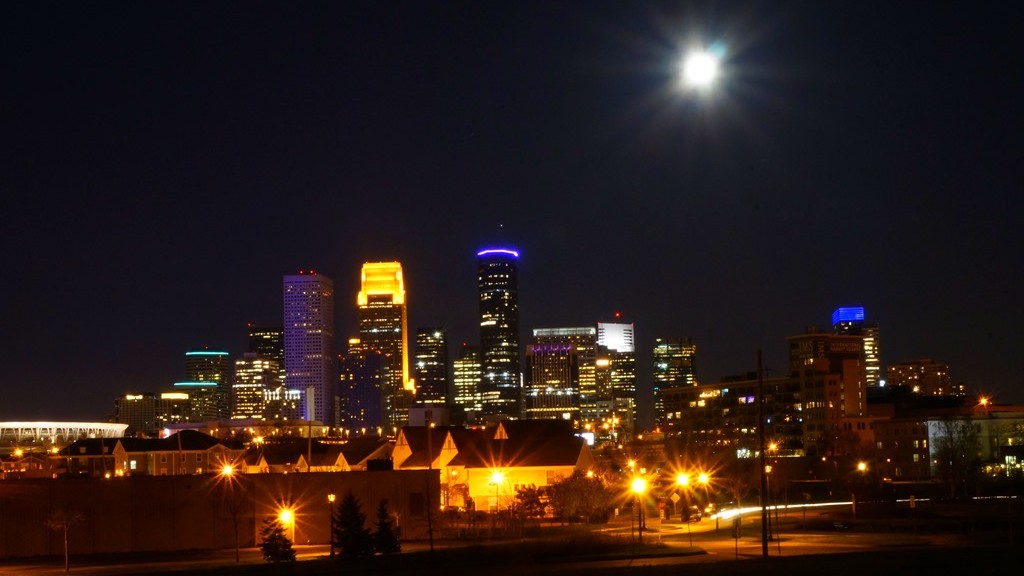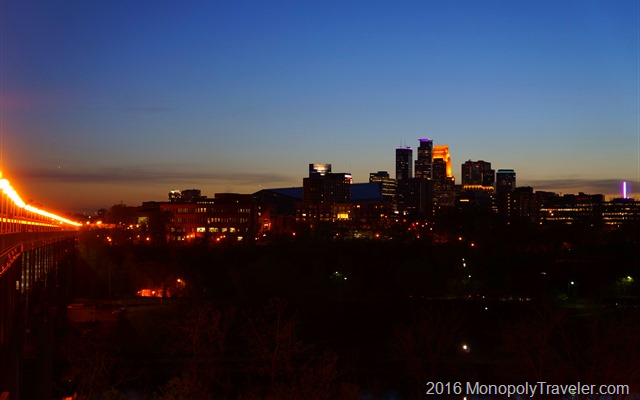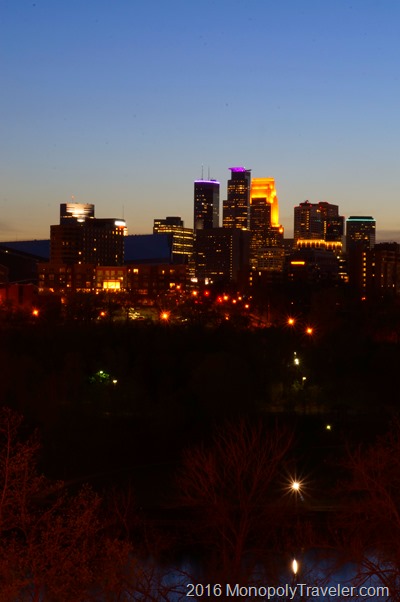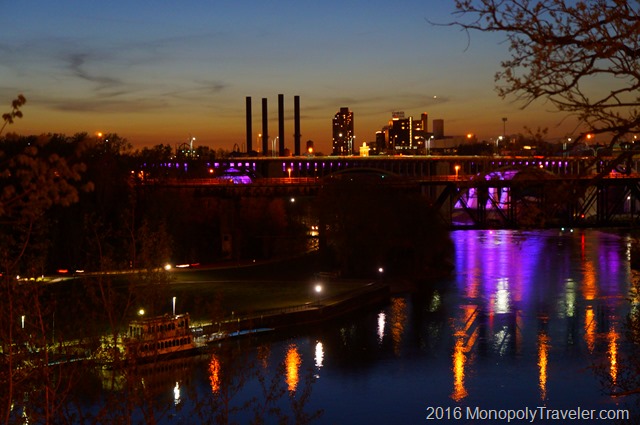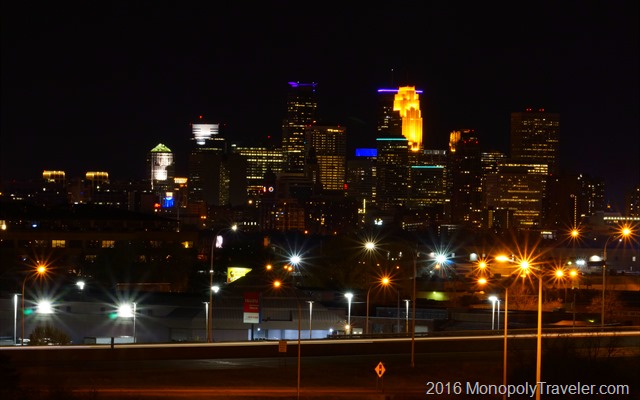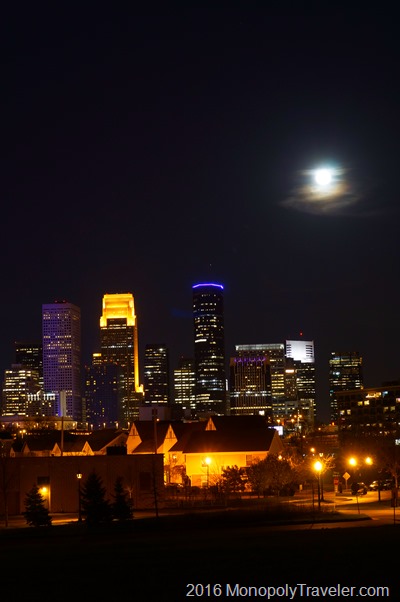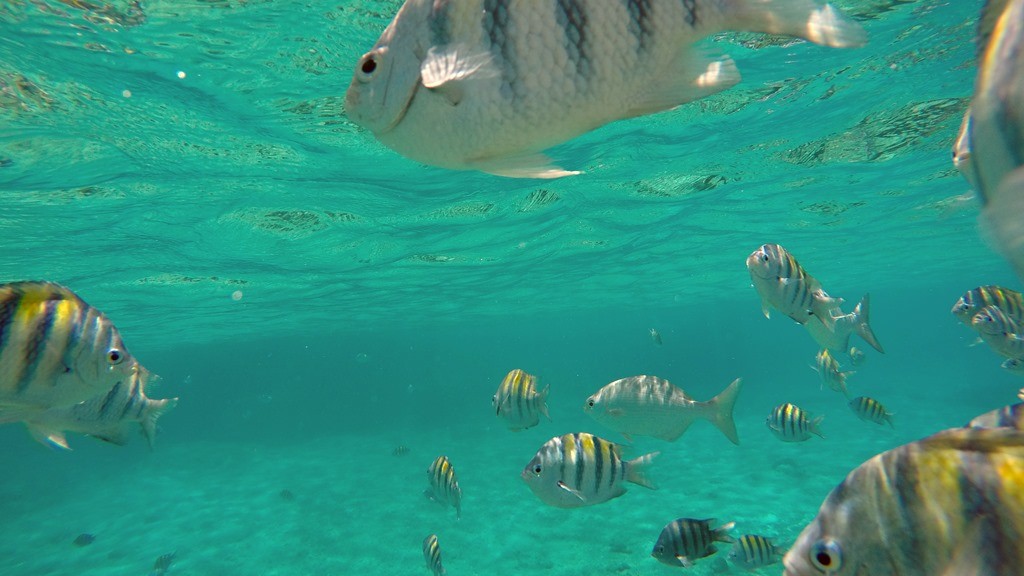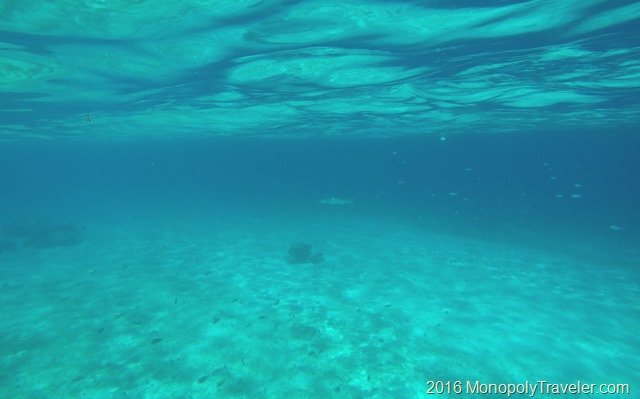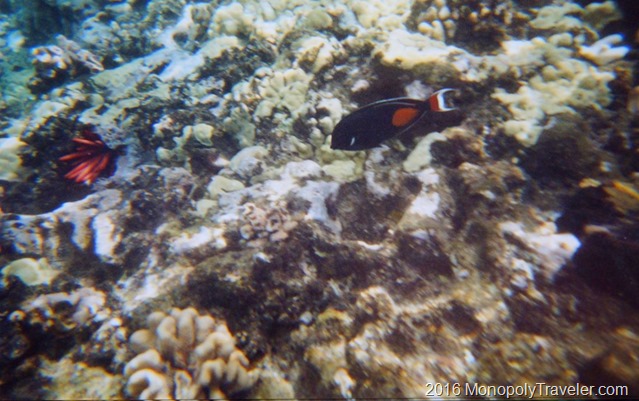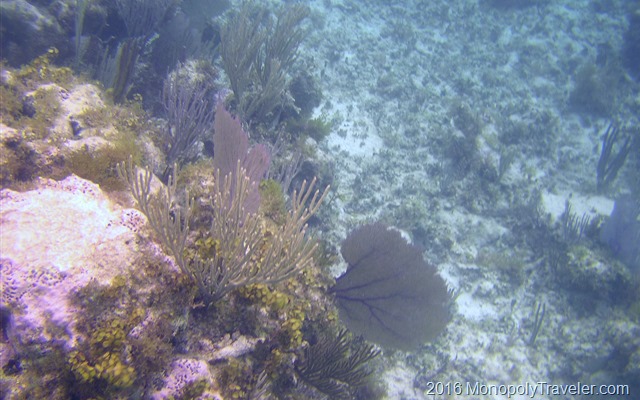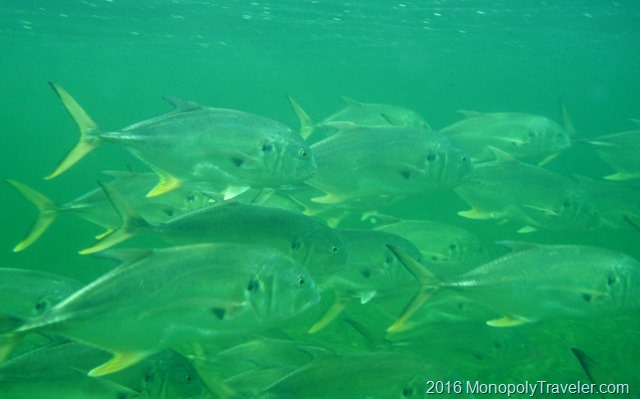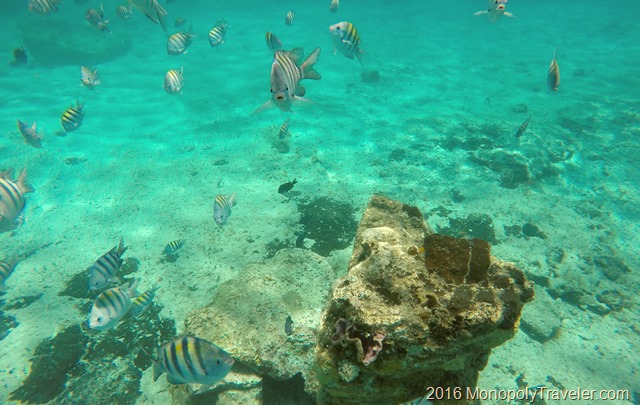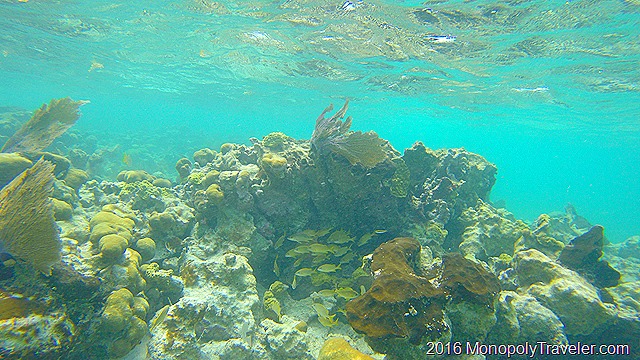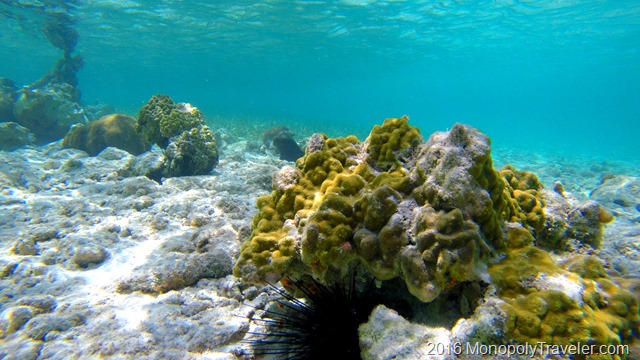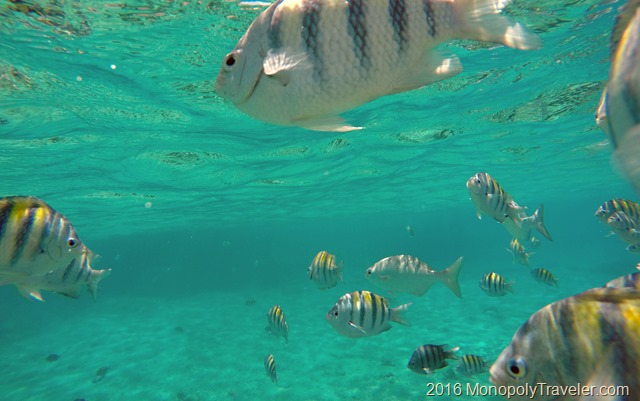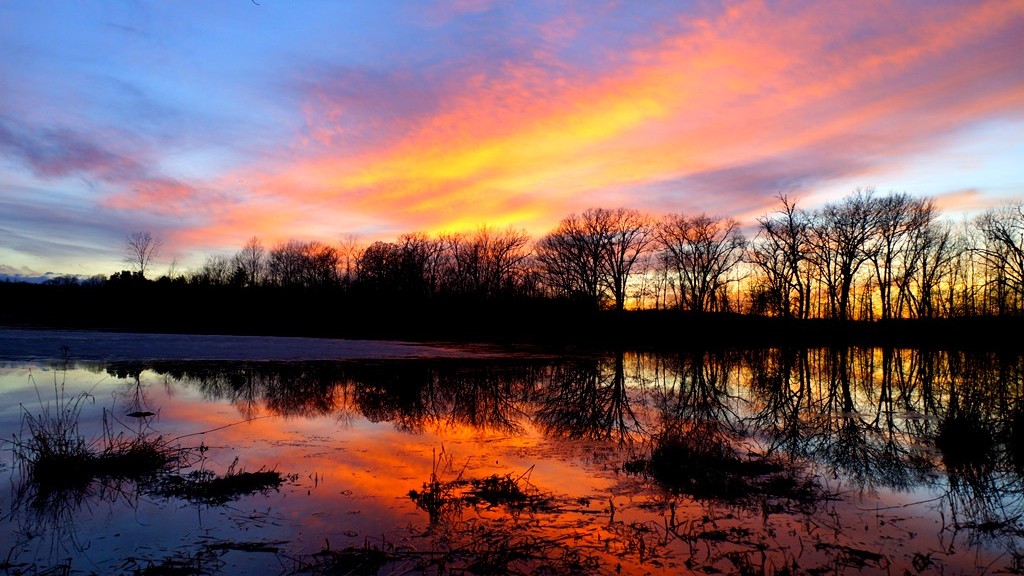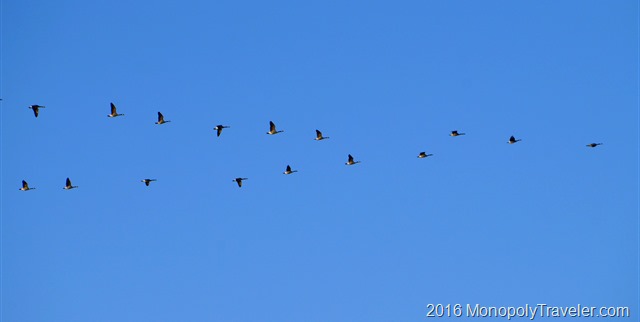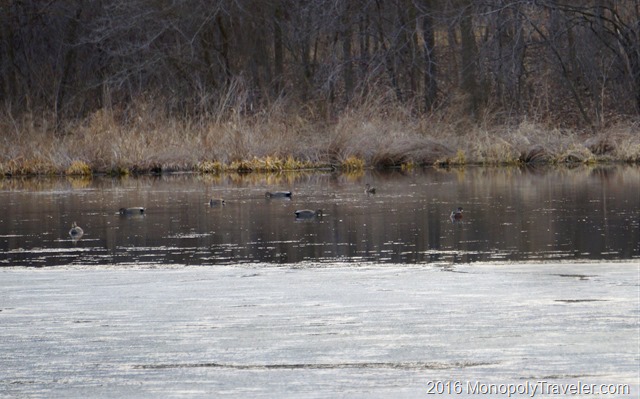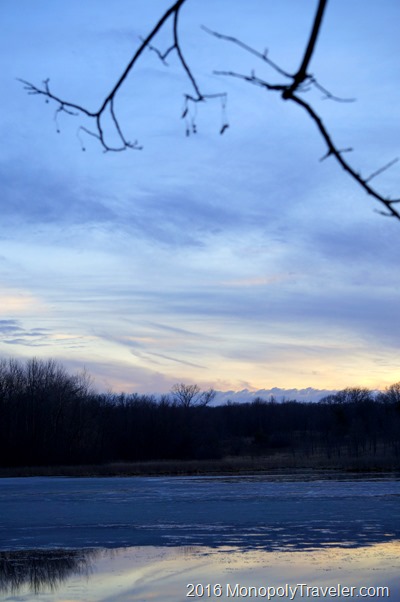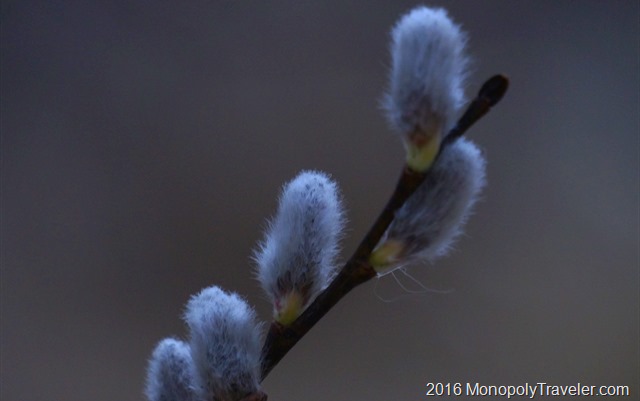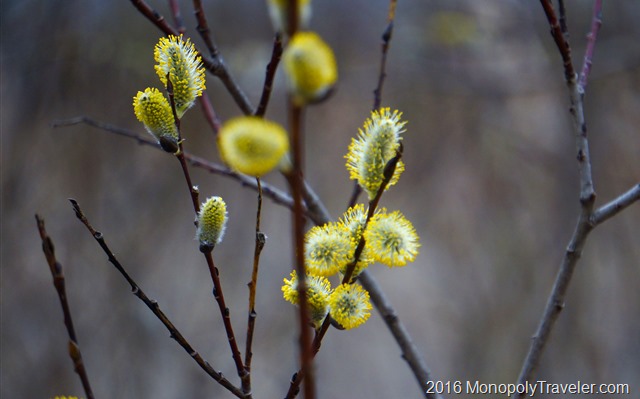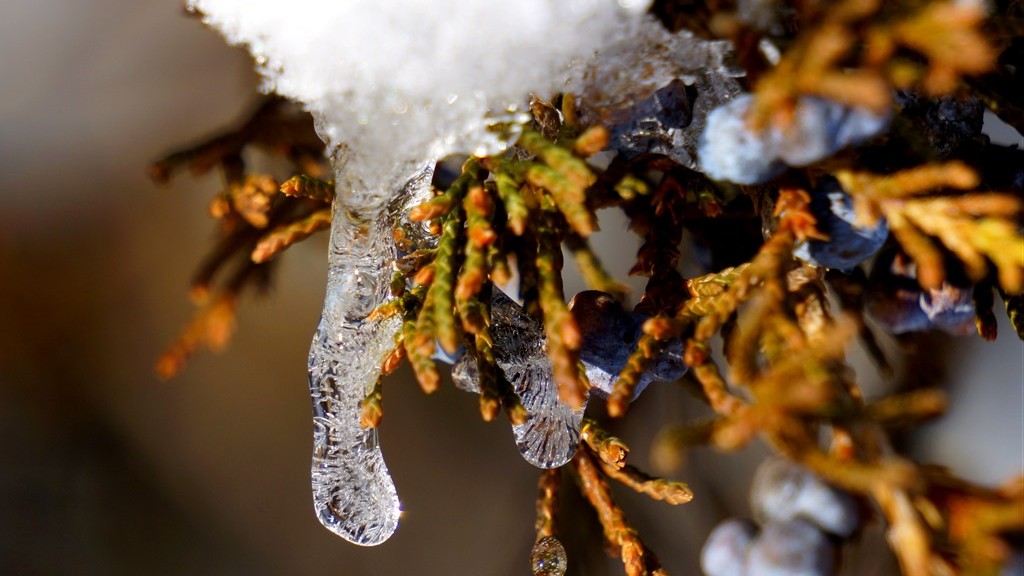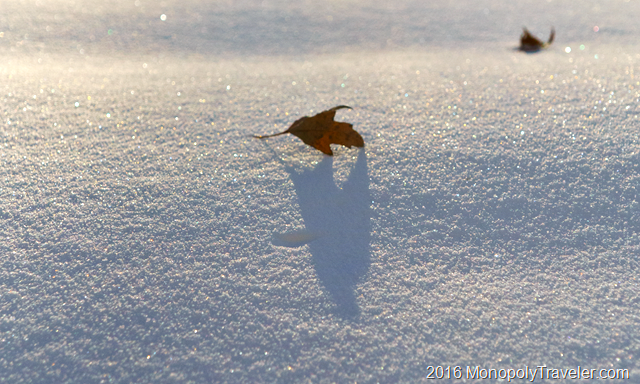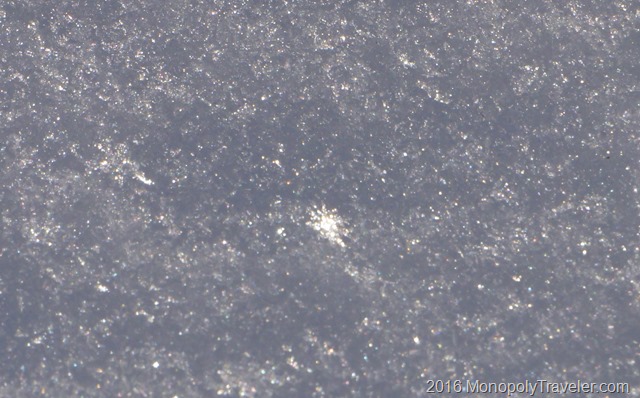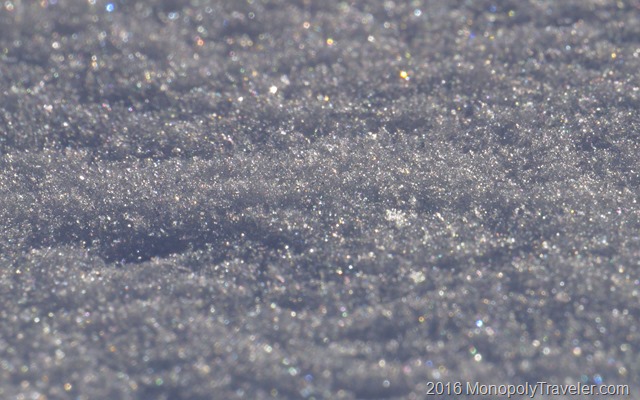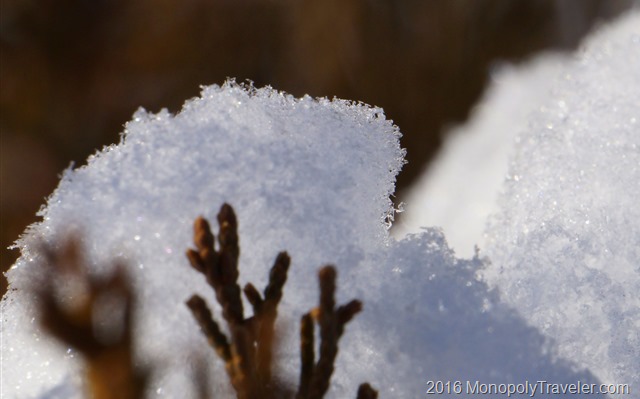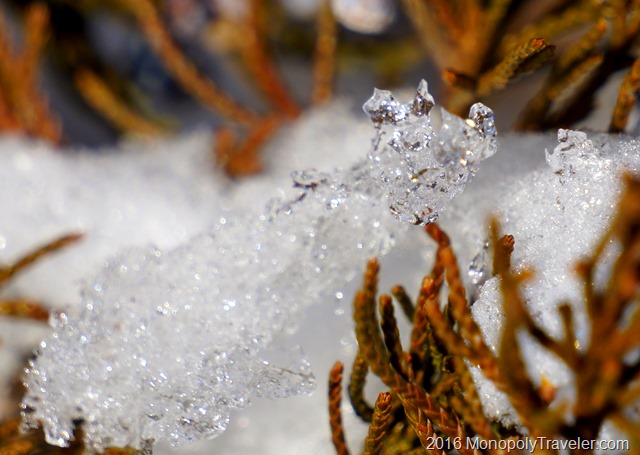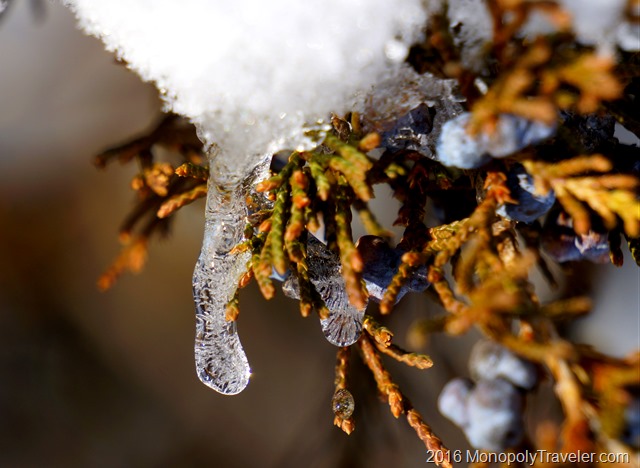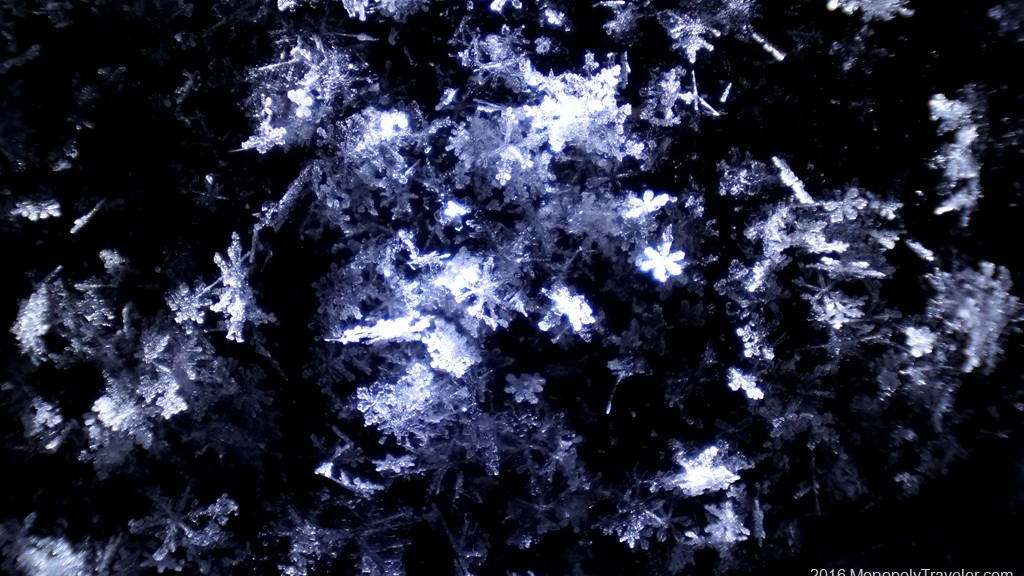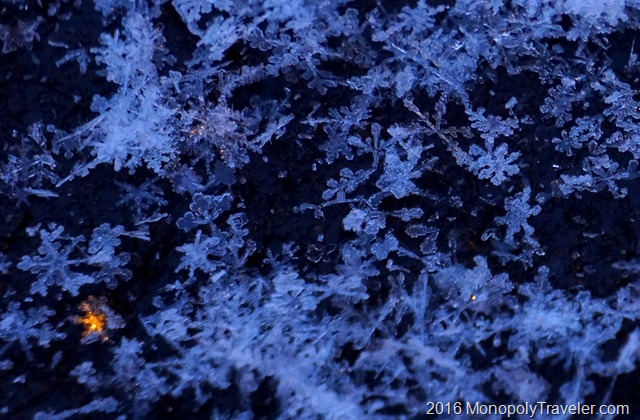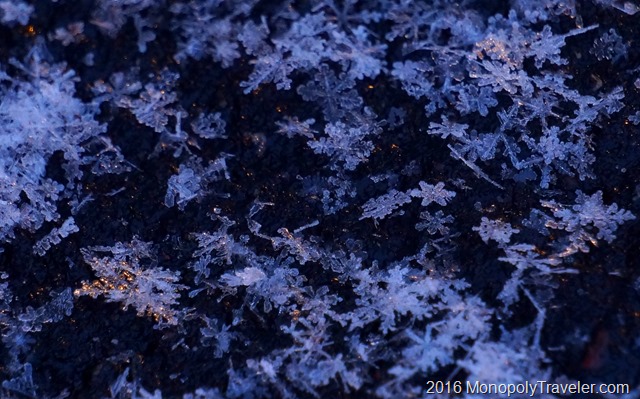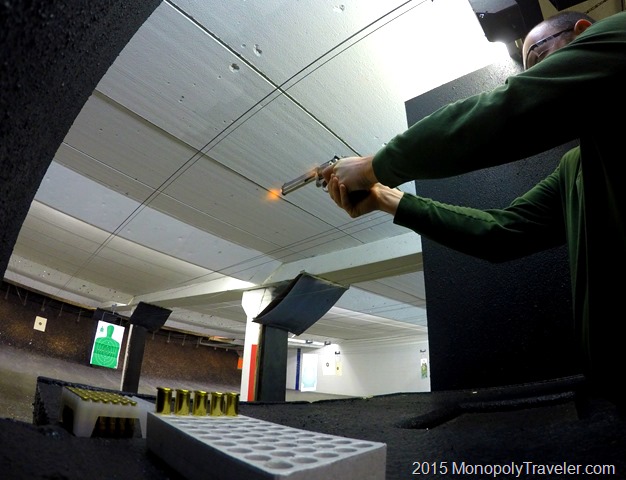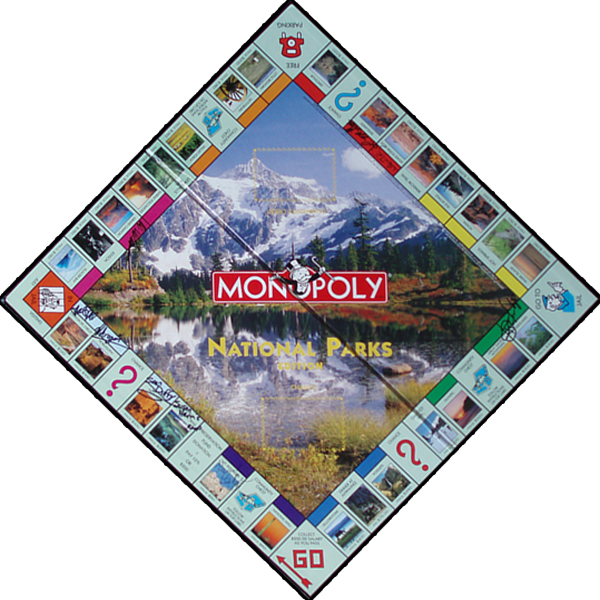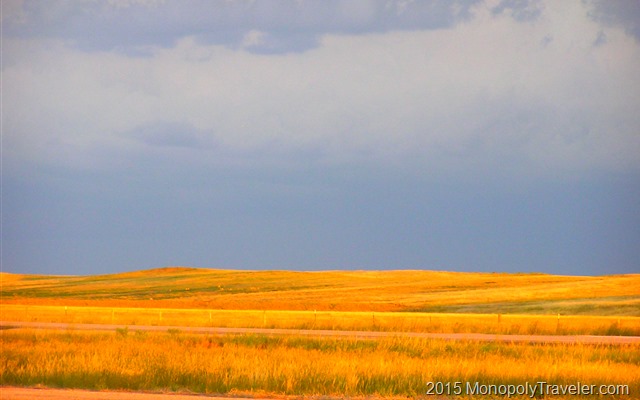
Try saying that fast a number of times. It’s enough to drive you crazy (or at least appear crazy). I don’t have any real expertise in psychology other than the one class I took part in in college but I do read books that cause me to think about why I do the things I do which I consider psychology because many of those reasons originate from emotions. This post will cover the last couple of years as I began to focus more on photography and the games we play within ourselves along the way to reach for better results. Reading and talking with others who enjoy photography, the paths tend to be similar.
I’ve occasionally taken pictures for almost 30 years but just to capture a moment and never really to display that moment. The focus became a little more intense with the arrival of my first child which also happened to coincide with the change from film to digital making photography easier and less expensive. At least I think it was less expensive but I never really added together the cost of more batteries, hard drives to store the pictures on, and memory cards for the camera. Still, honing my photography skills was not of much interest other than nice photos of the family. On my first point and shoot camera there was the option of manual settings but I didn’t really understand them and never really wanted to. Auto was the only setting I wanted to use.
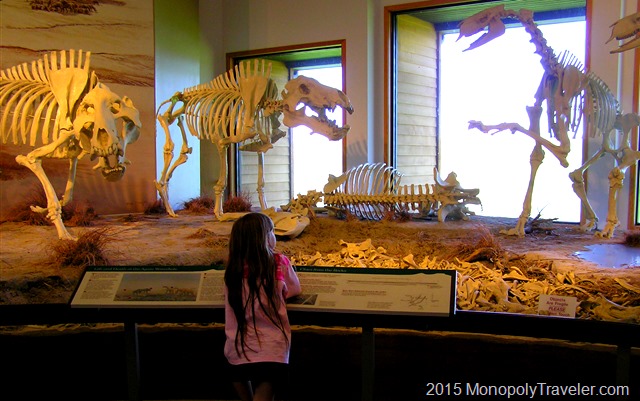
After a number of trips on our National Parks Monopoly Board I started to question the quality of the photos I was taking and if I should upgrade. Do I go to an interchangeable lens camera or just a better point and shoot? Watching others struggle with changing lenses and having to carry around all that extra gear was not really appealing to me. Finally I began to see spots on my photographs and realized that there was dirt inside my lens and probably on my sensor. I decided to take the camera apart (you can read that story here…) and ended up breaking one of the electronic boards inside. After getting another camera of the same model for parts I got it back together but still knew it was time for an upgrade. The question was how much of an upgrade.
During the summer of 2012 we took a trip to Yosemite with friends of ours. During our time there we were taking pictures and so were our friends with their new Sony interchangeable lens camera. Later in the year I got to compare the photos and was essentially convinced it was time for that type of camera. Photography was starting to intrigue me more and I was already beginning to play with some of the manual settings and I wanted a camera with more versatility so an upgrade to a Sony Nex went into the budget. I chose this camera because of the overall size. It was smaller than most dSLRs but with many of the same qualities of photos.
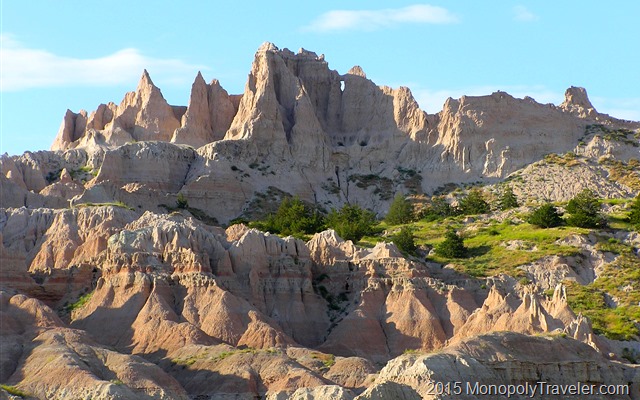
During the next year I read a couple of books on photography and started practicing attempting to reach the level of professional photographers but severely failing. What’s the first thing we blame? The quality of the camera of course and I was no exception. As I continued to read more and look at the pictures of much better photographers I paid attention to the equipment they were using and kept thinking that’s what I need to get the pictures I wanted. The only problem was that equipment had a much higher price tag and I really didn’t want to put that much money into my camera equipment. How could I possibly achieve the results I wanted with the camera and lenses I had?
I struggled with this for several months continually looking at my pictures and those from other people thinking my equipment was sub-par and that was the major issue. The other part was of course the need for more knowledge and practice. Now some of the reason for blaming the equipment was I was trying to take amazing pictures of the night sky which are some of the toughest pictures to take and equipment can make a tremendous difference for those types of pictures. There were several times when I thought I made the wrong choice in cameras because no one else was using a Sony Nex for their quality photos.
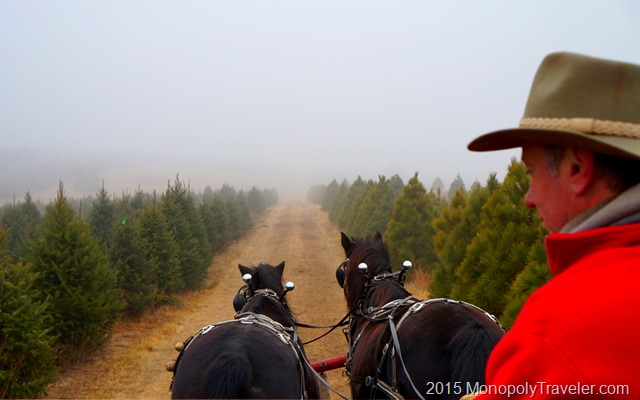
I had to continually ask myself what I wanted to achieve with my pictures. My answer continued to be to take pictures that I would enjoy and others who looked at them would say “wow” when they saw them. Selling them was never the goal although it would be a confidence booster to sell an image or two. With these answers, upgrading equipment again didn’t make sense so I had to convince myself the equipment wasn’t the problem.
Practice and reading on how to take better landscape photographs kept me occupied and I have now convinced myself that my equipment is just fine for what I want to achieve. Over the past two years I have taken over 12,000 pictures and captured some amazing images in my opinion while learning a tremendous amount. These images are still not the caliber of many professionals but they are getting closer. The equipment has been pushed and I’ve found a number of limits but I’ve become ok with those limits. As long as I know what they are my expectations can be set accordingly no longer setting me up for disappointment.
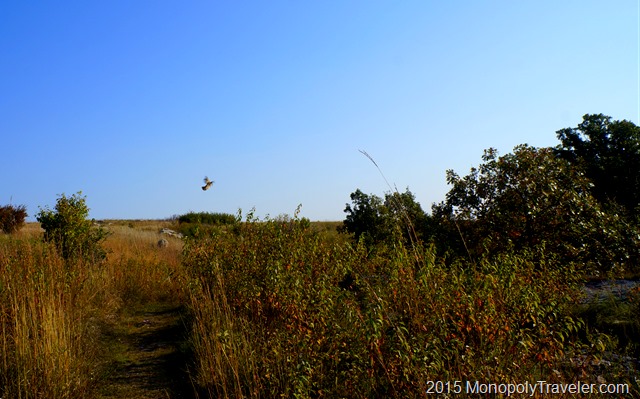
Amazing photographs are in the person viewing them. There are many of my images that I love but many others don’t think there anything special. It’s because I know everything that went into each image and the experience around it that makes them special for me. I’ve come to believe that great photographs require two parts. The first is know how your equipment works so you can make the necessary adjustments to it quickly if need be. Second is the photographers view of each situation which eventually becomes more important than the first part. A landscape photographer needs to be able to identify a unique situation and have the knowledge of how to photograph it. Some of those unique situations only last for a few seconds and you have to know your equipment thoroughly enough to capture it.
The knowledge of your equipment can be the difference between and amazing picture and a great one. There is still much for me to learn and I’m having a lot of fun doing it. I see more and more opportunities to take a great picture and continue to work towards an amazing image.
